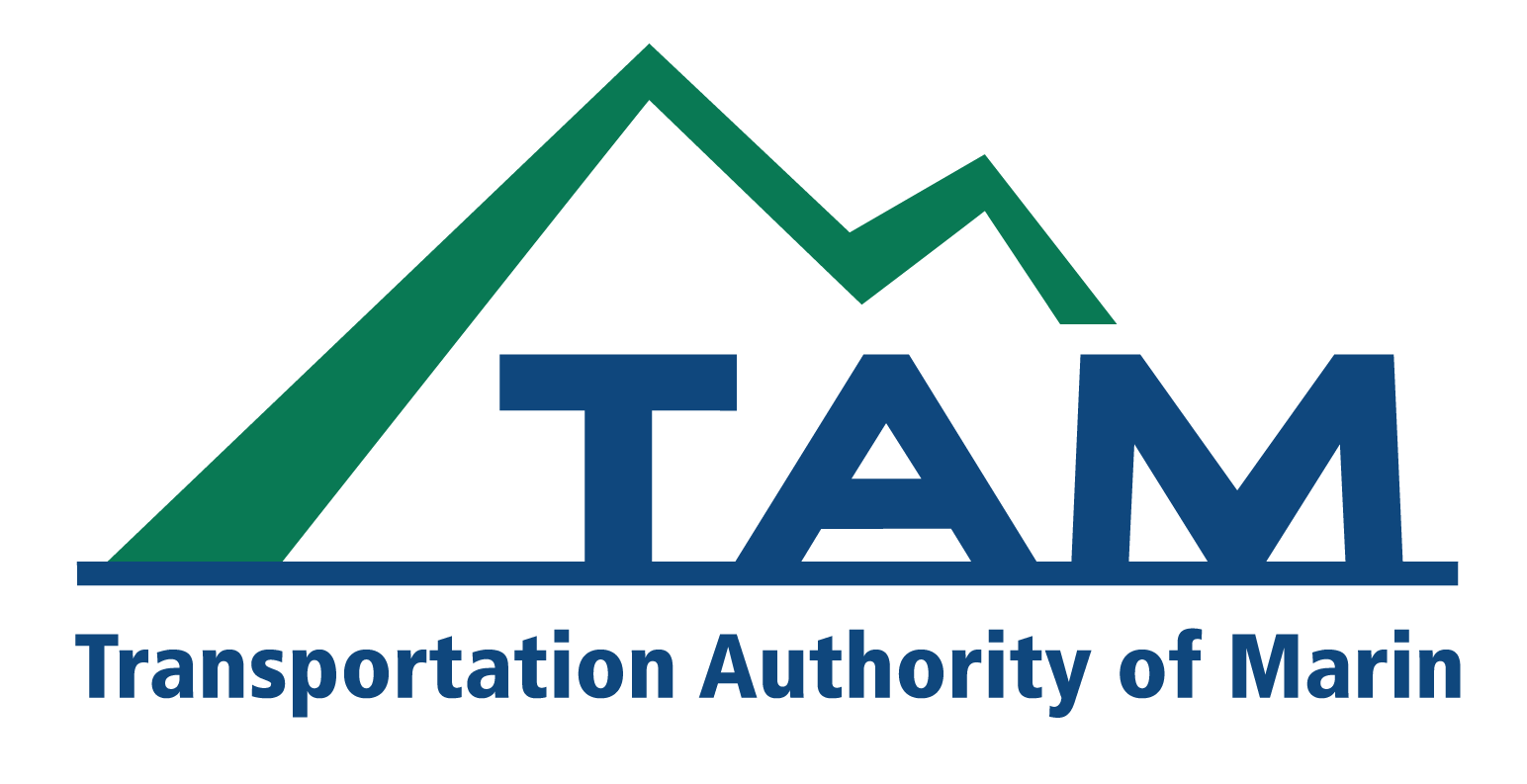Travel Demand Model & Traffic Monitoring
One of TAM’s major responsibilities as Marin County’s Congestion Management Agency (CMA) is to maintain a travel demand forecasting tool or model, to assess potential impacts on the transportation network from changes to the roadway network and local land use decisions. TAM is responsible for the development, maintenance, and application of a countywide travel demand model, consistent with regional land use and socio-economic database of the Association of Bay Area Governments, and assumptions of the Metropolitan Transportation Commission’s regional travel demand model.
What is a travel demand model?
Travel forecasting models serve as important long-range planning tools that help us forecast what the travel demand may look like in the future. Models consider factors such as population, housing, the economy, transit options and more. Using a model provides us with quantifiable data for transportation investments and decision-making.
TAM’s travel demand model
By state law, our model is required to be consistent with the regional model developed and maintained by the Metropolitan Transportation Commission (MTC) and with land use and demographic data published by the Association of Bay Area Governments (ABAG).
TAM’s current model, the Transportation Authority of Marin Demand Model (TAMDM) is an activity-based model that uses Cube Citilabs Software. The model is a sub-regional model of MTC’s Travel Model 2 and is operated and maintained by TAM contractors. Access to the model is available to qualified contractors through a use agreement with TAM.
SB 743 (Steinberg, 2013) updates the way transportation impacts are measured as part of the California Environmental Quality Act (CEQA) for new development projects. Lead agencies are now required to analyze Vehicle Miles Traveled (VMT) as part of the transportation impact analysis requirements under CEQA. To support local lead agencies to meet these requirements, TAM has developed an activity-based model, the TAM Demand Model (TAMDM) to provide estimates of existing and forecasted VMT per capita in Marin County.
The VMT webmap in the next tab provides existing (2015) and forecasted (2040) estimates of VMT per capita (residential and employment) for traffic analysis zones and micro analysis zones in TAMDM. Lead agencies have the discretion to determine the most appropriate methodology to evaluate a project ‘s VMT and may revise estimates to reflect professional judgment based on substantial evidence.
Memo: 2015 & 2040 TAMDM Marin County VMT Estimates (2020-11-02)
TAMDM Development Report (2020-09-01)
TAMDM User’s Guide (2020-09-17)
